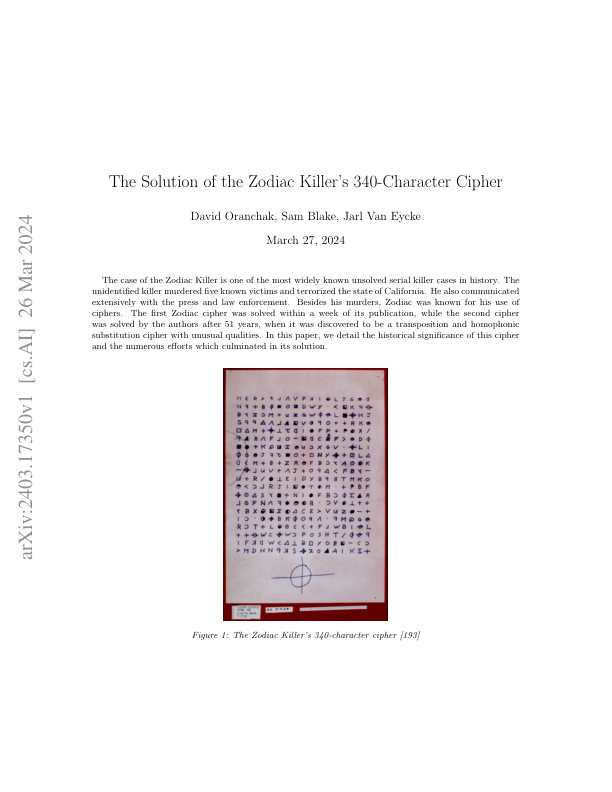
---
> In contrast with substitution ciphers, which replace letters with other letters or symbols, transposition ciphers involve rearrangements of plaintext messages which rearrange them into seemingly unreadable messages.
- [View Highlight](https://read.readwise.io/read/01htme5cvqbgqvpvy334e2gvfb)
---
> Early substitution ciphers used only a single sub- stitution for each plaintext letter. Because a single substitution fails to conceal letter frequencies, these ciphers were vulnerable to being broken using fre- quency analysis (e.g., counting cipher symbols to see how they might match expected letter frequencies in the target language). This later evolved into the use of multiple substitutions, known as homophones or variants, for individual plaintext letters. When the quantity of variants per plaintext letter is selected proportional to the relative frequency of the letter in the plaintext language, the distribution of letter frequencies of the ciphers becomes more uniform, resulting in ciphers that are harder to break.
- [View Highlight](https://read.readwise.io/read/01htme53p53ag2pe64yhj9029g)
---